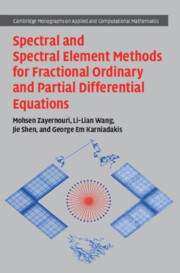Turbulence beneath a free surface leaves characteristic long-lived signatures on the surface, such as upwelling ‘boils’, near-circular ‘dimples’ and elongated ‘scars’, easily identifiable by eye, e.g. in riverine flows. In this paper, we analyse data from direct numerical simulations to explore the connection between these surface signatures and the underlying vortical structures. We investigate dimples, known to be imprints of surface-attached vortices, and scars, which have yet to be extensively studied, by analysing the conditional probabilities that a point beneath a signature is within a vortex core as well as the inclination angles of sub-signature vorticity. The analysis shows that the probability of vortex presence beneath a dimple decreases from the surface down through the viscous and blockage layers. This vertical variation in probability is approximately a Gaussian function of depth and depends on the dimple’s size and the bulk turbulence properties. Conversely, the probability of finding a vortex beneath a scar increases sharply from the surface to a peak at the edge of the viscous layer, regardless of scar size. The probability distributions of the angle between the vorticity vector and the vertical axis also show a clear pattern about vortex orientation: a strong preference for vertical alignment below dimples and an equally strong preference for horizontal alignment below scars. Our findings corroborate previous studies that tie dimples to surface-attached vertical vortices. Moreover, they suggest that scars can be defined as imprints of horizontal vortices that are located approximately a quarter of the Taylor microscale beneath the free surface.
